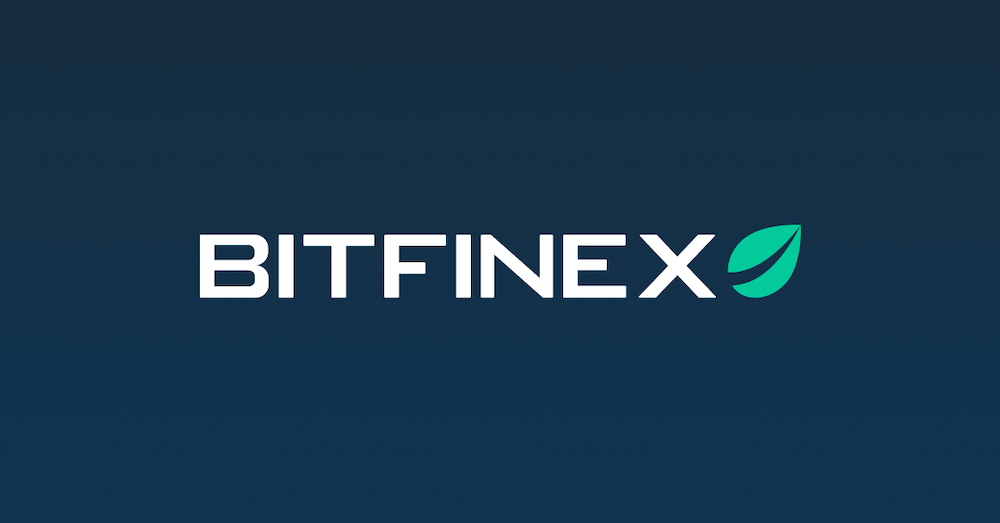
The recent halving of Bitcoin’s mining reward has significant implications for the cryptocurrency’s market dynamics, possibly increasing demand to five times that of its supply, according to a new analysis by Bitfinex.
The Impact of Halving on Supply and Demand
On Saturday, the reward for mining Bitcoin was halved from 6.25 BTC to 3.125 BTC per block. This adjustment, a fundamental part of Bitcoin’s design to control inflation, has reduced the rate at which new bitcoins are introduced to the market. Bitfinex analysts suggest that the daily addition of new coins could decrease to a value of around $30 million, a stark reduction from previous levels.
Before the halving, about 900 BTC were added to the supply daily. Post-halving, this number has dropped to 450 BTC, according to data from Glassnode. This reduced rate of coin issuance is expected to exacerbate the supply constraints, especially as smaller mining operations may become economically unfeasible.
The establishment of numerous spot-based Bitcoin ETFs in the U.S. since January 11 has allowed investors to gain exposure to Bitcoin without directly purchasing the coins. These ETFs have seen average daily inflows exceeding $150 million, dwarfing the new, reduced rate of Bitcoin creation. This discrepancy between supply and demand is a central point in Bitfinex’s analysis.
Miner Behavior and Market Dynamics
Miners, the entities responsible for creating new bitcoins and securing the network, have had to adjust their strategies significantly. Many have sold off portions of their coin holdings in the months leading up to the halving to fund necessary upgrades to their mining infrastructure. This sell-off was aimed at ensuring their operations remain viable with the reduced block reward.
Despite the potential for a tightening supply, the market response has been unexpectedly positive. Since the halving, Bitcoin has seen a price increase of over 5%, currently trading at $66,660. This rise contradicts the common expectation of a price correction following the halving.
Moreover, there is a noticeable trend of investors taking direct custody of their coins, moving them from exchanges to cold storage. This action suggests a bullish outlook among holders, anticipating price increases. The outflows from exchanges are at levels not seen since January 2023, indicating strong investor confidence.
Long-Term Holder Activity
Interestingly, the active selling by long-term holders has not led to the anticipated pre-halving price drop. This resilience in the market suggests that new entrants are absorbing the selling pressure effectively, further bolstering the price of Bitcoin.
As the market adjusts to the new supply dynamics post-halving, the interaction between reduced coin production and sustained, if not growing, demand from institutional and retail investors through vehicles like ETFs will be crucial. This balance will likely dictate the medium-term price movements of Bitcoin and could potentially lead to significant market developments.
Featured image credit: Bitfinex
